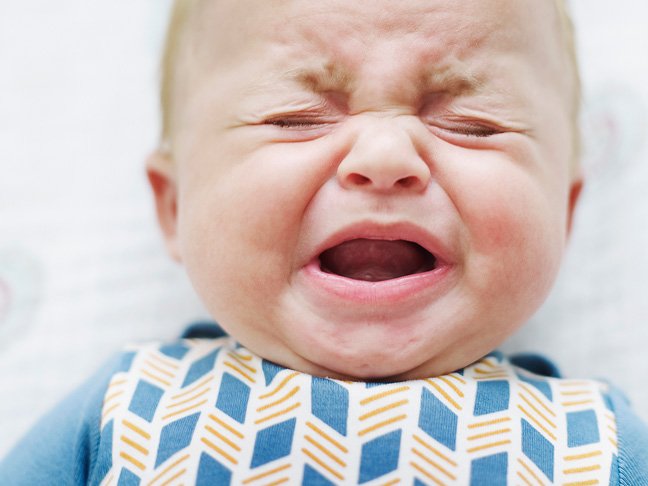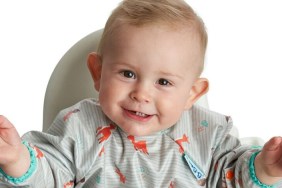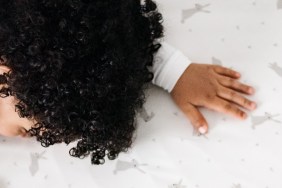If your baby is inconsolable, the problem may not be colic, hunger, or a soiled diaper — it may be a hair tourniquet. Most parents never deal with this issue, but it’s more common than you may think and may put your baby’s toes or fingers at risk. Here’s what you should know about hair tourniquet symptoms and treatment.
What is a hair tourniquet?
A hair tourniquet is an uncommon but potentially serious problem that happens when a strand of hair gets wrapped around the toes, fingers or genitals of a baby. These tourniquets are most common in infants, and they usually happen when stray hair gets wrapped around a baby’s toe in a sock.
Most cases involve babies less than 4-months-old. Hair tourniquets are common at this age for two reasons: young babies are often kept in socks, and postpartum mothers usually experience some hair loss during this time. Most tourniquets involve loose hair, but stray fibers from clothing or string can also cause a tourniquet.
If noticed quickly and treated, tourniquets don’t cause long-term damage. Still, the potential is there. One father wrote about his 19-week-old daughter, Molly, who almost lost her toe to a hair tourniquet. After Molly’s parents removed her socks, they noticed a hair tourniquet that had cut through her skin.
In a worst-case scenario, a tourniquet can cut through a baby’s skin and cut off blood flow to the affected toes or fingers. Without action, a finger or toe tourniquet can require amputation.
How do you remove a hair wrapped around a baby’s toe?
There are a few ways to safely remove a toe tourniquet from a baby’s toe. Some physicians use an incision or blunt probe cutting strategy in severe cases, but most tourniquets can be removed with fine tweezers, a bobby pin, or even Nair.
Hair removal cream is a safe and easy fix for a tourniquet that doesn’t involve a trip to the doctor. Apply a thick layer of the cream to the tourniquet and let it sit for a few minutes. Wipe it away with a damp washcloth and the dissolved hair should be removed.
Will there be any other issues after the hair tourniquet is removed?
If the tourniquet is recognized and treated quickly, there will likely be no other issues, but more severe cases can result in complications like tissue necrosis. But again, if the tourniquet is removed immediately upon recognition, your baby will heal quickly.
While toe tourniquets aren’t common, it is important to watch out for them. Check your baby’s toes regularly, especially if your baby is wearing socks and crying for seemingly no reason. If you feel comfortable doing so, you can remove a tourniquet yourself.
Photo: Getty








